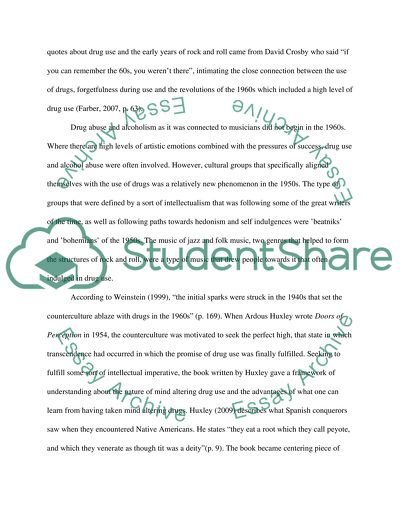Cite this document
(“Rock-n-roll and the use of drugs in the period between 1955 and 1966 Essay”, n.d.)
Retrieved from https://studentshare.org/music/1430177-rock-n-roll-and-the-use-of-drugs-in-the-period-between-1955-and-1966
Retrieved from https://studentshare.org/music/1430177-rock-n-roll-and-the-use-of-drugs-in-the-period-between-1955-and-1966
(Rock-N-Roll and the Use of Drugs in the Period Between 1955 and 1966 Essay)
https://studentshare.org/music/1430177-rock-n-roll-and-the-use-of-drugs-in-the-period-between-1955-and-1966.
https://studentshare.org/music/1430177-rock-n-roll-and-the-use-of-drugs-in-the-period-between-1955-and-1966.
“Rock-N-Roll and the Use of Drugs in the Period Between 1955 and 1966 Essay”, n.d. https://studentshare.org/music/1430177-rock-n-roll-and-the-use-of-drugs-in-the-period-between-1955-and-1966.


